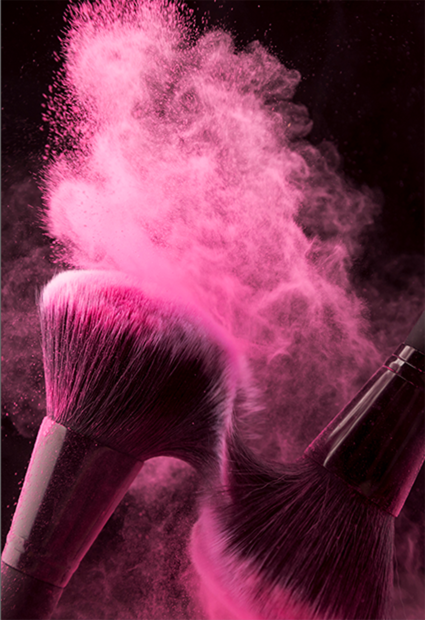what is edible mica powder made of
What Is Edible Mica Powder Made Of?
Edible mica powder has gained significant popularity in the food and confectionery industry due to its shimmering appearance and versatile applications. It is often used to enhance the visual appeal of cakes, candies, chocolates, and other culinary creations. But what exactly is edible mica powder made of, and how does it differ from its non-edible counterparts? In this article, we will explore the composition, production process, and safety considerations of edible mica powder.
Composition of Edible Mica Powder
Mica is a naturally occurring mineral that belongs to a group of silicate minerals. It is characterized by its layered structure, which allows it to be split into thin sheets. The most common types of mica include muscovite and phlogopite. Edible mica powder is made from these mineral forms, specifically processed to be safe for consumption. The powder is finely milled from natural mica and often mixed with other safe colorants, such as titanium dioxide, to achieve various shades and enhance its opalescence.
The main components of mica powder are
1. Silica (SiO2) The predominant element in mica, which provides its unique shimmering properties. 2. Aluminum Oxide (Al2O3) This contributes to the strength and transparency of mica. 3. Iron Oxide (Fe2O3) Often presents in small quantities, contributing to color variations. 4. Other Elements Trace amounts of other elements such as potassium or magnesium may also be present.
It's important to note that not all mica powders are created equal. Only those that have been specifically labeled as edible have undergone stringent processing to ensure they meet food safety standards.
Production Process
The production of edible mica powder involves several key steps to ensure the final product is safe for consumption
1. Mining Mica is mined from natural deposits, often sourced from regions where high-quality mica can be found.
what is edible mica powder made of

3. Crushing The purified mica is then crushed into small pieces before undergoing a grinding process to produce a fine powder.
4. Screening The ground mica is screened to ensure uniform particle size. Proper sizing is crucial for achieving the desired shimmer and appearance in culinary applications.
5. Coloring For edible mica powder, safe food-grade colorants may be added during this process to achieve the desired hues without compromising safety.
6. Quality Control The final product undergoes rigorous testing for safety and compliance with food regulations. This ensures the mica powder does not contain harmful impurities or contaminants.
Safety Considerations
When it comes to edible mica powder, safety is paramount. The FDA classifies edible mica powder as a food additive, and it must comply with regulatory standards to be considered safe for consumption. It is essential that consumers only purchase products from reputable suppliers who provide clear labeling indicating the powder is specifically intended for edible use.
To further ensure safety, it is advisable to check for certifications from relevant authorities that confirm the product has met stringent quality standards. It is also essential to be aware that excessive consumption of mica powder may not be recommended, and moderation should always be practiced.
Conclusion
Edible mica powder is a unique ingredient that adds a visually appealing shimmer to various food items. Made from natural mica minerals that have been processed to meet food safety standards, it offers both aesthetic value and versatility in culinary applications. Understanding its composition, production process, and safety considerations can help consumers and food manufacturers make informed choices. As this ingredient continues to rise in popularity, it is clear that edible mica powder is here to stay, adding a touch of sparkle to our everyday treats.
-
Transforming Surfaces with Mica-Enhanced Paints in Coatings and DecorationNewsJul.02,2025
-
The Ultimate Guide to Mica-Based Luminous Colors with Pearlescent PigmentNewsJul.02,2025
-
The Critical Role of Mica in Industrial Applications in Welding and Oil FieldsNewsJul.02,2025
-
Revolutionizing Automotive Aesthetics with Modified Plastics Pearlescent PigmentsNewsJul.02,2025
-
The Secret with Mica Powder for Cosmetics Behind Radiant, Natural MakeupNewsJul.02,2025
-
Enhancing Performance in Polymer Applications with Mica Powder for RubberNewsJul.02,2025
Products categories









